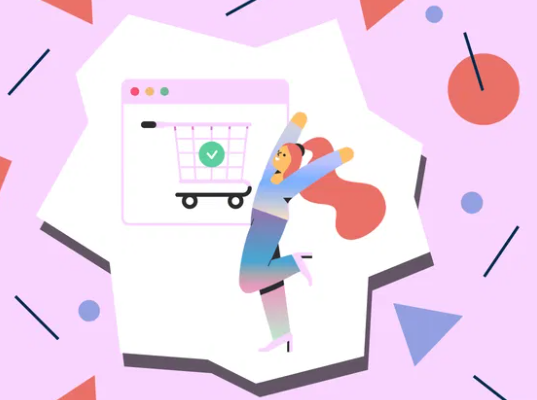Flash sales have become one of the most effective tools in a retailer’s marketing arsenal. These time-sensitive discounts, often offered for a limited number of products or within a specific time frame, create a sense of urgency that drives consumer action. Retailers across various industries, from fashion to electronics, are using flash sales strategically to boost sales, attract new customers, and build brand loyalty. But what makes flash sales so effective, and how are retailers leveraging them to their advantage?
Creating Urgency and FOMO (Fear of Missing Out)
One of the primary reasons flash sales are so successful is their ability to trigger a sense of urgency. By offering significant discounts for a short period—sometimes just a few hours or a single day—retailers create a sense of exclusivity and scarcity. Consumers are more likely to make a purchase when they feel the opportunity may disappear at any moment. The fear of missing out (FOMO) is a powerful motivator, and flash sales capitalize on this psychological trigger to drive immediate purchasing decisions.
Retailers often leverage countdown timers and limited-stock alerts to reinforce the urgency. These visual cues remind shoppers that time is running out, encouraging them to act fast or risk missing out on the deal. Flash sales can also create a buzz on social media, with customers sharing the event with friends and followers, amplifying the reach of the promotion.
Boosting Traffic with Email and Social Media Marketing
Flash sales not only increase conversion rates but also drive significant traffic to retailers’ websites. To maximize visibility, retailers use a combination of email marketing, social media posts, and paid ads to announce and promote these events. Email campaigns are often personalized, with retailers sending targeted offers to specific customer segments based on their past shopping behavior. This increases the chances of attracting repeat customers who are more likely to engage with the sale.
Social media plays a critical role in driving traffic during flash sales as well. Platforms like Instagram, Facebook, and Twitter allow retailers to create a buzz around the sale through teaser posts, influencer partnerships, and paid advertisements. Hashtags associated with the sale make it easy for consumers to follow the event, further amplifying the reach. The viral nature of social media allows these promotions to spread quickly, increasing both awareness and traffic to the retailer’s site.
Clearing Inventory and Attracting New Customers
Flash sales are an effective way for retailers to clear out slow-moving or seasonal inventory. By offering discounts on these products, businesses can move old stock without resorting to deep markdowns or permanent price reductions. This allows retailers to make room for new merchandise while minimizing the financial impact of unsold goods.
Moreover, flash sales often attract new customers who may not have otherwise shopped with a particular brand. The promise of a significant discount can motivate first-time shoppers to make a purchase, and if they have a positive experience, they may return for future transactions. For many retailers, flash sales serve as an entry point for customer acquisition. Offering discounts can help establish a relationship with new customers, and through follow-up marketing, businesses can work to convert them into long-term, loyal buyers.
Encouraging Impulse Purchases and Increasing Average Order Value
Another reason flash sales are so effective is that they encourage impulse buying. Consumers are more likely to add extra items to their cart when they feel they’re getting a good deal. Flash sales often feature “bundle” offers, where customers can save more by purchasing additional items or related products. For instance, a retailer might offer a flash sale on a jacket but incentivize customers to buy a matching pair of gloves or a scarf at a discount.
These promotions are designed to increase the average order value (AOV), with the customer feeling that they’re receiving more value for their money. In some cases, flash sales offer free shipping or other perks for reaching a certain spending threshold, further encouraging consumers to buy more than they initially intended.
Creating Brand Loyalty through Exclusive Flash Sales
Exclusive flash sales can also be used as a loyalty-building tool. Many retailers host “members-only” flash sales for their most loyal customers, such as those who subscribe to their email list or are part of a rewards program. These exclusive events make customers feel special, increasing brand loyalty and engagement. This strategy not only helps retain existing customers but also encourages word-of-mouth marketing as satisfied customers share their positive experiences with friends and family.

Flash sales have proven to be a powerful marketing tool for retailers looking to boost traffic, increase sales, and engage with customers in meaningful ways. By creating a sense of urgency, leveraging social media, clearing inventory, and encouraging impulse buys, retailers can maximize the effectiveness of these promotions. As consumer expectations evolve, we can expect flash sales to become even more personalized, interactive, and integrated into broader marketing strategies. For both small and large retailers, mastering the art of the flash sale is an essential part of staying competitive in today’s fast-paced retail landscape.
